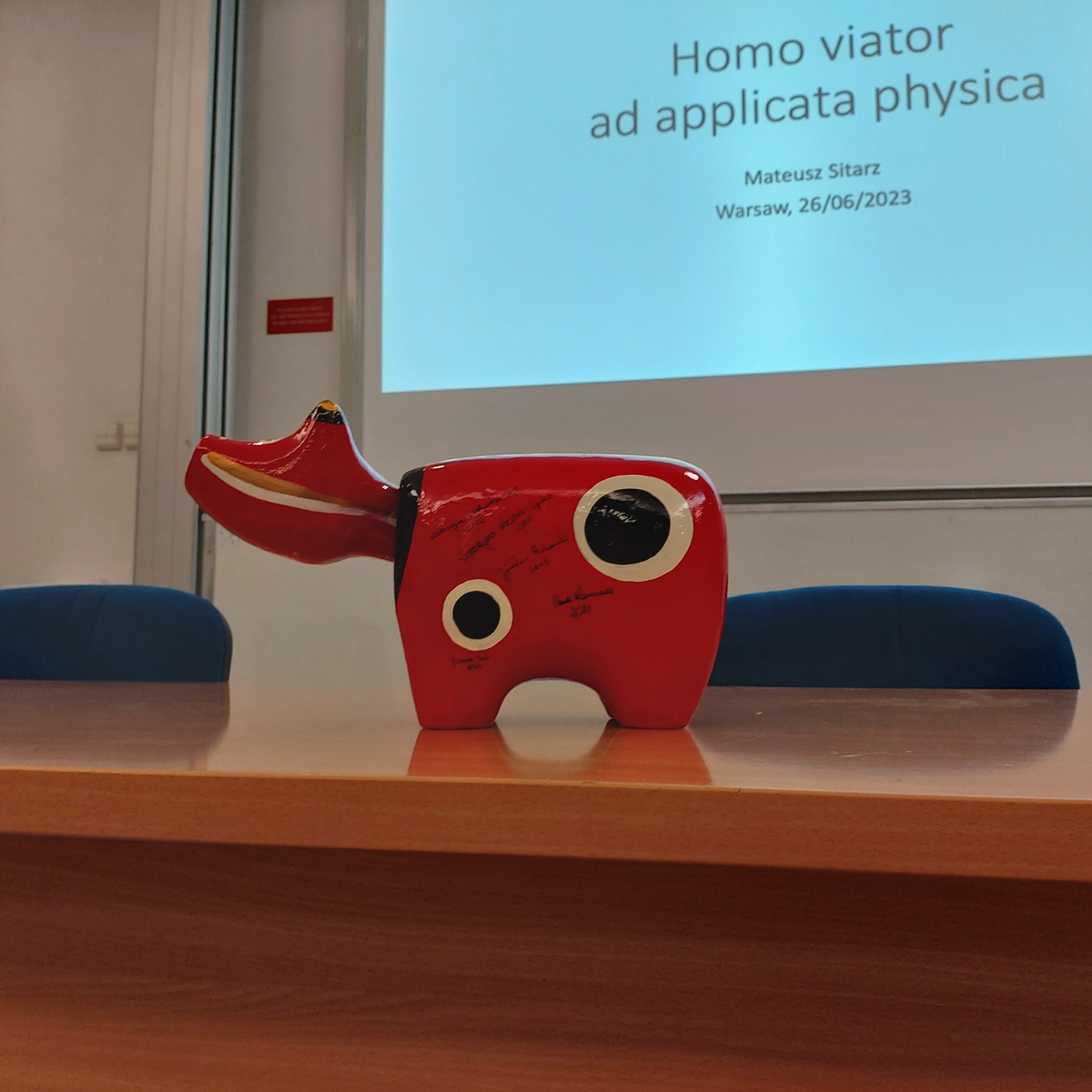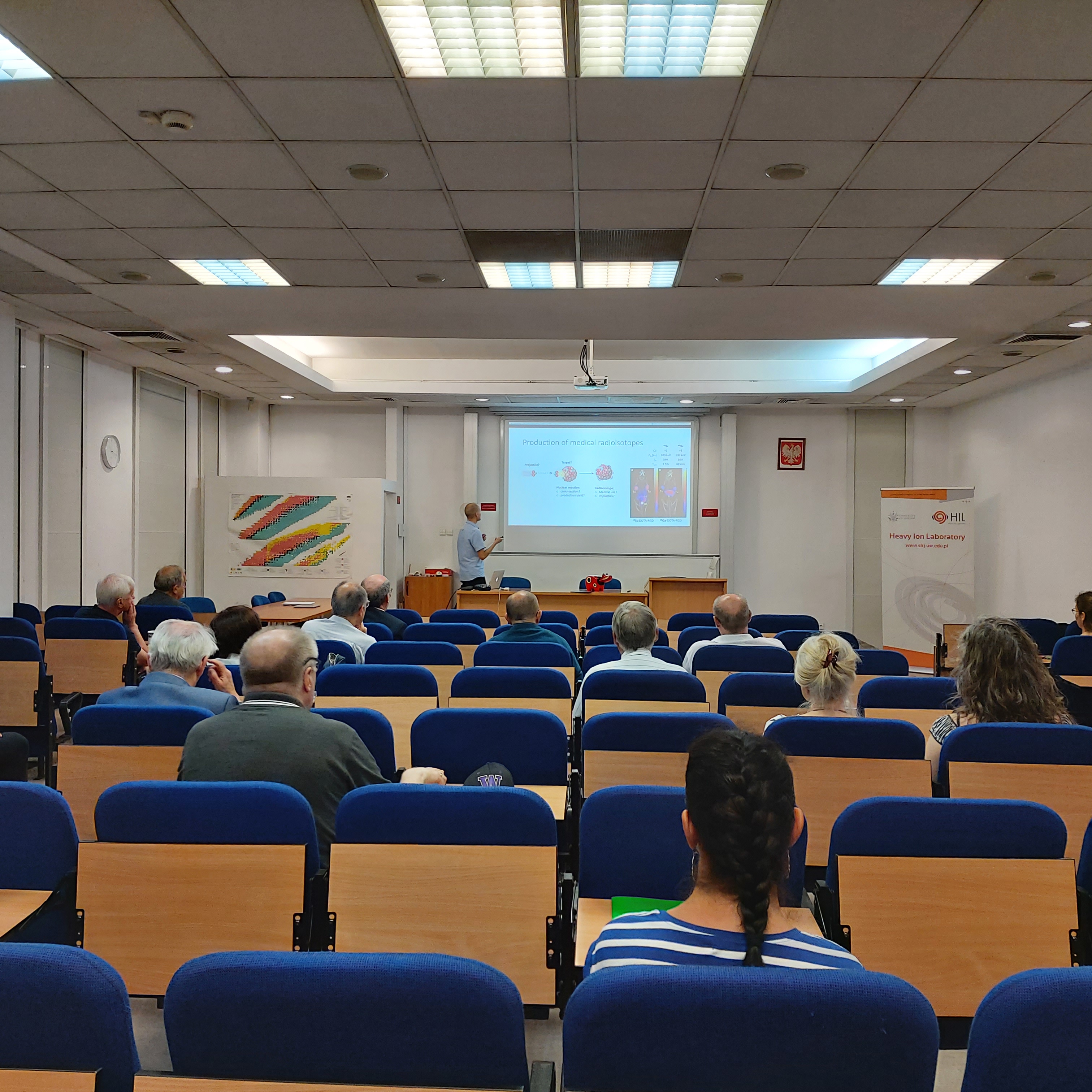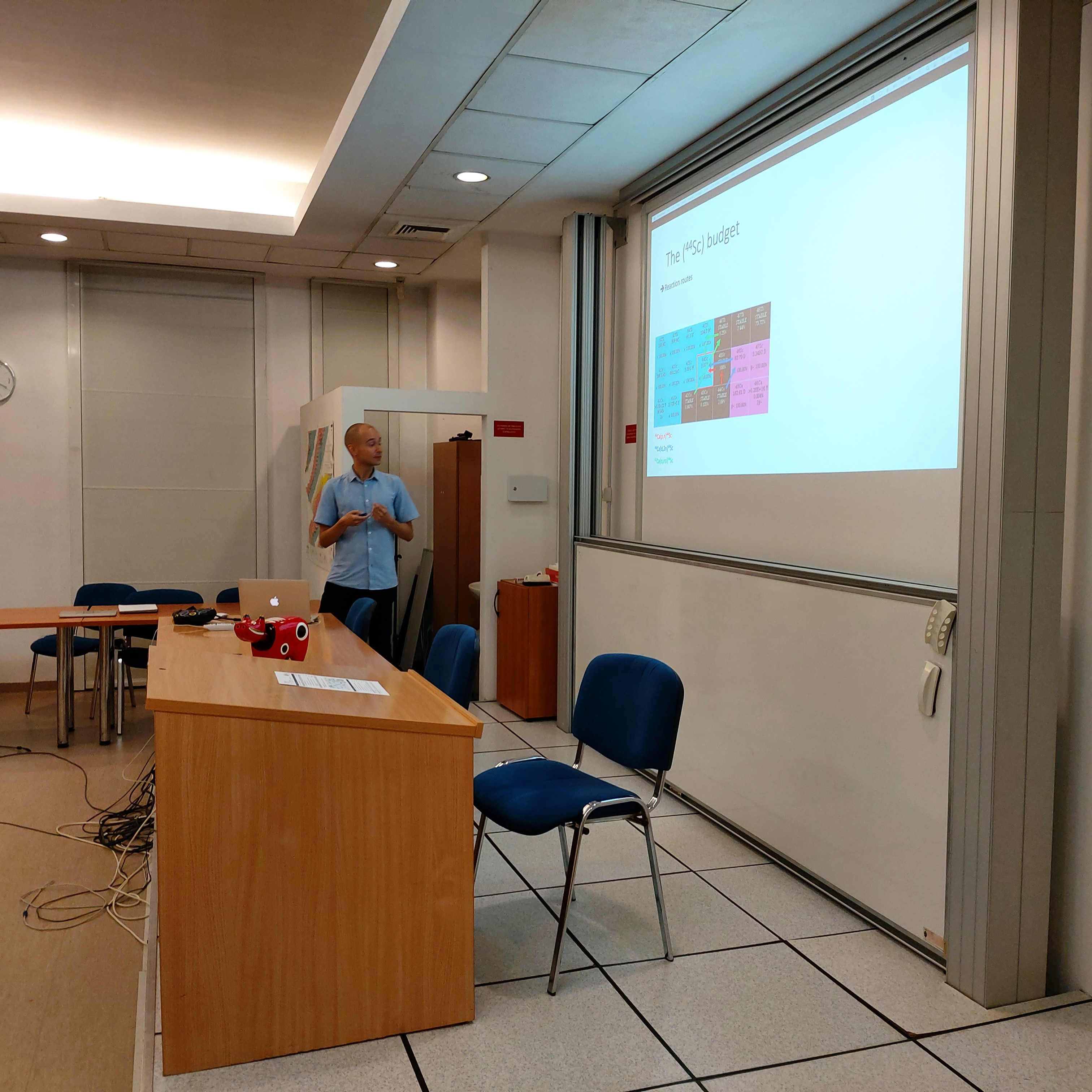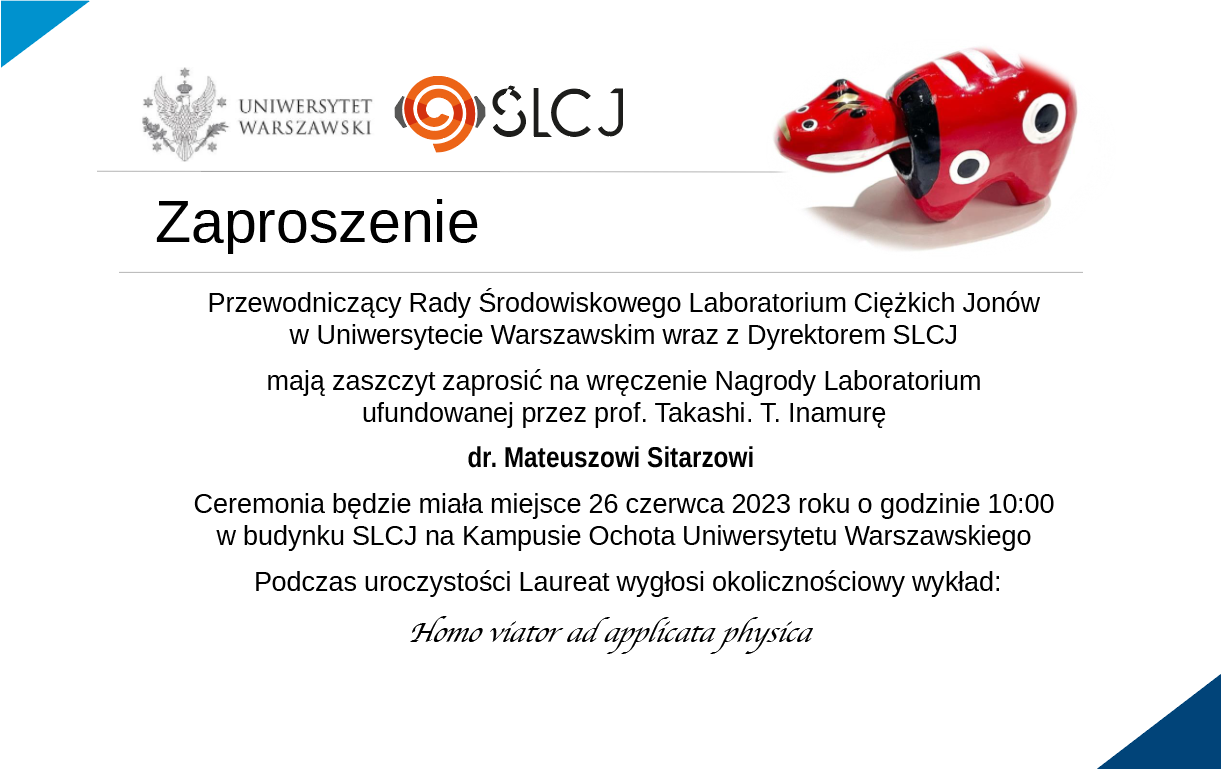Report from the Laboratory award ceremony

The Laboratory award ceremony took place on June 26, 2023 in ŚLCJ. We would like to congratulate the winner, Dr Mateusz Sitarz, and wish him further success. A short report from the ceremony is below and on our Facebook page.






